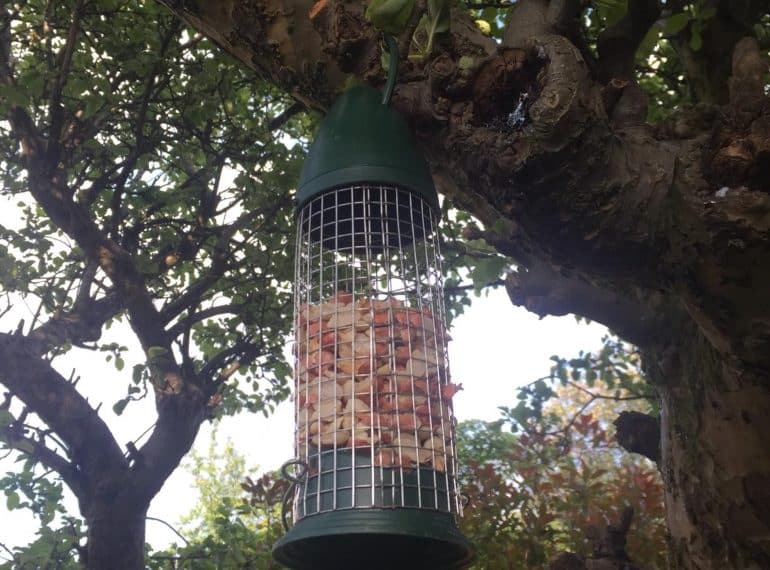
The twin importance of message and method in fighting climate change was brought to the fore in the two winning entries in the Geography department’s Earth Day competitions.
The competitions were held to mark the 50th anniversary of Earth Day, an annual event celebrated around the world on April 22 to demonstrate support for environmental protection.
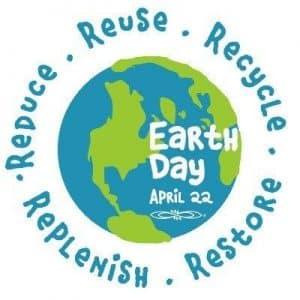 With this year’s Earth Day theme being Climate Action, the winner of the writing competition emphasised the importance of using the right people to convey environmental messages, while the victor in the parallel photography competition emphasised the positive impact that even small steps could have.
With this year’s Earth Day theme being Climate Action, the winner of the writing competition emphasised the importance of using the right people to convey environmental messages, while the victor in the parallel photography competition emphasised the positive impact that even small steps could have.
Head of Geography Emily Parry said: “Well done to all of the boys who entered the competitions. It was impressive to see the boys engage with the enormous challenge of climate change and heartening to see their appreciation of the wonder of our planet and passion for it to be protected.”
The first task was to write in 500 words or less an answer in response to the question: How can we save our planet from climate change? The second was for boys to submit a photograph they had taken illustrating the impact, for good or ill, of humans on ecosystems, accompanied by a 100-word explanation.
Ananth Iyer, of Year 8, took the prize for the photography competition with his striking image of a bird feeder in his back garden. He explained his choice of subject: “It celebrates the positive impact that humans can have on our environment. It can provide food for birds and all sorts of other animals when they are finding it tough. Small things like these can have a huge impact.”
Congratulating Ananth, Miss Parry said: “We appreciated the simplicity of Ananth’s photograph and how it showed that it is possible for anyone to take a small action which can have a positive impact upon ecosystems.”
First prize for the writing competition went to Rahul Doshi, of Year 10, who submitted an argument that insufficient numbers of people are aware of the threat of climate change.
“Rahul creatively answered the question How can we save our planet from climate change? by recognising that it is first necessary for everyone to accept that climate change is actually a threat! He draws attention to the importance of having messengers, such as David Attenborough and Greta Thunberg, to effectively communicate climate science to people of all ages and backgrounds,” said Miss Parry.
Rahul proposed the use of respected messengers to increase recognition. He wrote: “With over 46% of UK citizens believing that the threat is overstated and 10% completely denying that humans are to blame for climate change, it is clear that not enough people currently are aware of the threat climate change poses to our planet. There needs to be a big push to get messengers – people who we all relate to – to get this message across. If we do not, this planet faces a grave future.”
The competitions were launched on Earth Day on 22 April through eQE and were accompanied by tips and links to websites with suggestions for background reading material. These ranged from National Geographic’s suggestions for lightening our ecological load to an Royal Society for the Protection of Birds (RSPB) article about how to build a bug house.
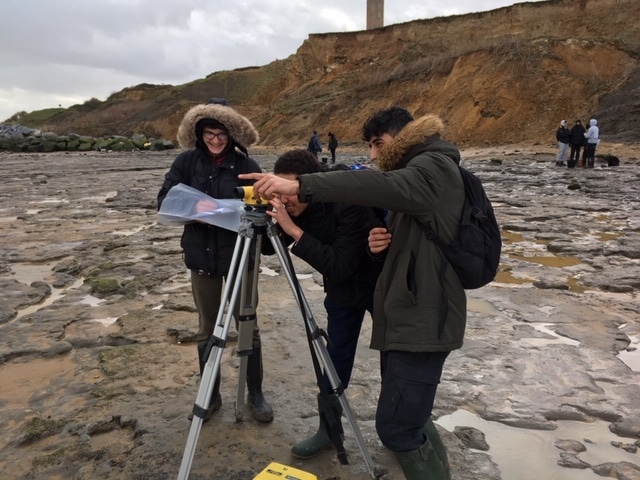
 Despite freezing temperatures outside, the boys completed their fieldwork successfully during their stay at the historic Flatford Mill Studies Centre (FSC) at East Bergholt, Suffolk, on the River Stour, last month.
Despite freezing temperatures outside, the boys completed their fieldwork successfully during their stay at the historic Flatford Mill Studies Centre (FSC) at East Bergholt, Suffolk, on the River Stour, last month.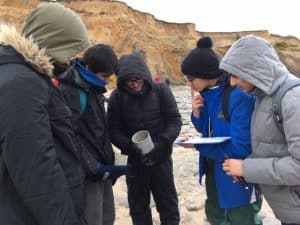 An outing to the coastal town of Walton-on-the-Naze across the river in Essex enabled the boys to look at the different social, economic and environmental thinking behind the variety of coastal management approaches.
An outing to the coastal town of Walton-on-the-Naze across the river in Essex enabled the boys to look at the different social, economic and environmental thinking behind the variety of coastal management approaches.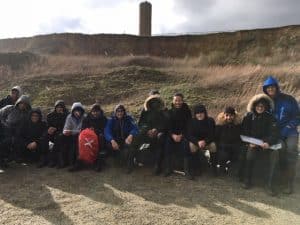 The fieldwork completed by the boys is examined as part of the AS examination.
The fieldwork completed by the boys is examined as part of the AS examination.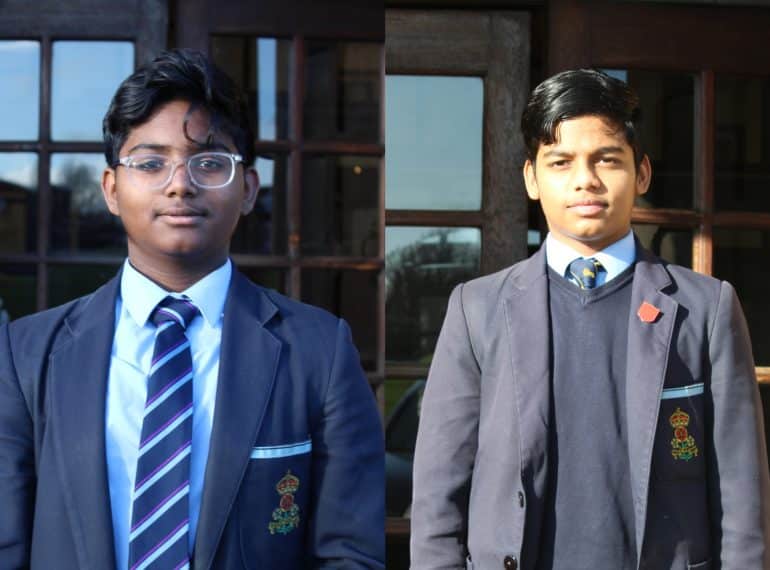
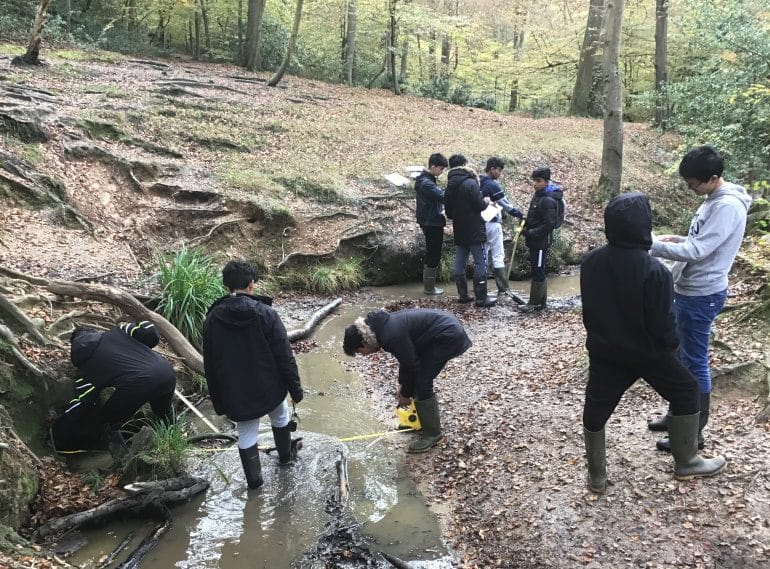
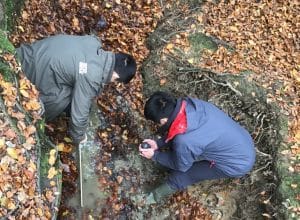 During the Physical Geography trip, the boys were tasked with investigating the question How do river characteristics change with distance downstream along Loughton Brook?
During the Physical Geography trip, the boys were tasked with investigating the question How do river characteristics change with distance downstream along Loughton Brook?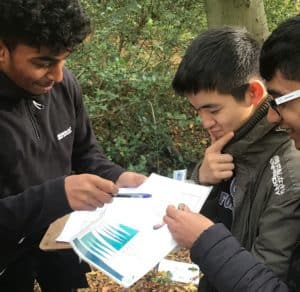 The field trip was spread over two days, with half of the cohort going each day, accompanied by four teachers.
The field trip was spread over two days, with half of the cohort going each day, accompanied by four teachers.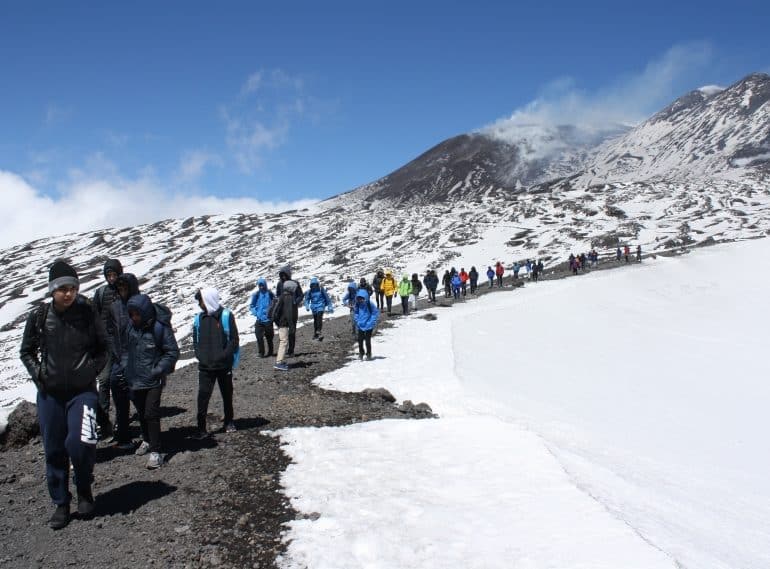
 Forty-one boys from Years 7, 8 and 9 took part in the five-day trip led by Geography teacher Helen Davies, who was accompanied by four other members of staff.
Forty-one boys from Years 7, 8 and 9 took part in the five-day trip led by Geography teacher Helen Davies, who was accompanied by four other members of staff. On the following day, after getting up at 5:30am, the boys set off for a full-day visit to the Aeolian Islands, a volcanic archipelago visible from Sicily.
On the following day, after getting up at 5:30am, the boys set off for a full-day visit to the Aeolian Islands, a volcanic archipelago visible from Sicily.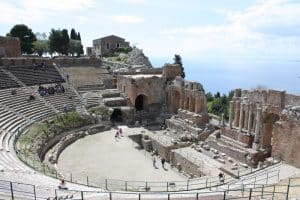 One evening activity popular with the boys was the visit to a restaurant, the Café Sikelia. There they not only learned about the history of the pizza and the different types available, but also had the chance to try their hand at making one themselves, before tucking into a pizza dinner.
One evening activity popular with the boys was the visit to a restaurant, the Café Sikelia. There they not only learned about the history of the pizza and the different types available, but also had the chance to try their hand at making one themselves, before tucking into a pizza dinner.
 Hemang Hirani (OE 2008-15), who studied Geography and Economics at the London School of Economics and is now working for Barclays, gave a presentation to the select group of Year 12 geographers entitled The role of cities: an introduction to the field of Economic Geography.
Hemang Hirani (OE 2008-15), who studied Geography and Economics at the London School of Economics and is now working for Barclays, gave a presentation to the select group of Year 12 geographers entitled The role of cities: an introduction to the field of Economic Geography. coded maps of the USA and India depicting the importance of cities in both advanced and emerging economies.
coded maps of the USA and India depicting the importance of cities in both advanced and emerging economies. In his own time in the Sixth Form at QE, Hemang was a Senior Vice Captain. He has previously been involved in helping QE’s sixth-formers apply for Geography places at university.
In his own time in the Sixth Form at QE, Hemang was a Senior Vice Captain. He has previously been involved in helping QE’s sixth-formers apply for Geography places at university. After graduating, he undertook a number of internships, including three months with Swiss investment bank and financial services company UBS as a Summer Analyst. He joined Barclays Private Bank in a similar role in June last year.
After graduating, he undertook a number of internships, including three months with Swiss investment bank and financial services company UBS as a Summer Analyst. He joined Barclays Private Bank in a similar role in June last year.